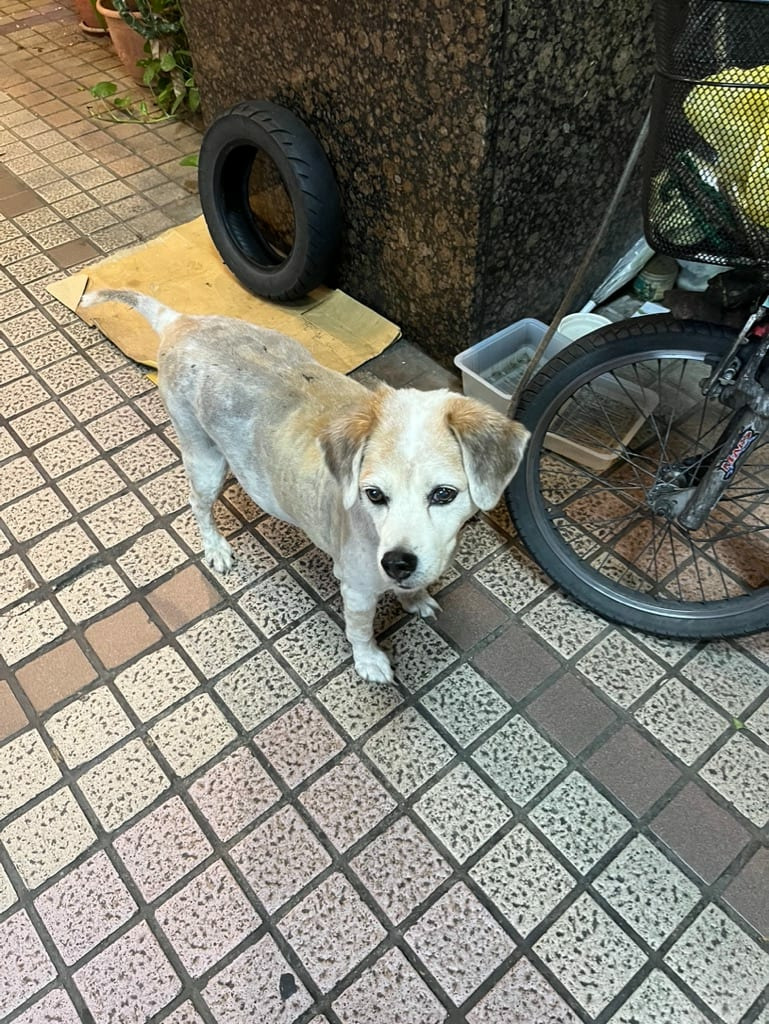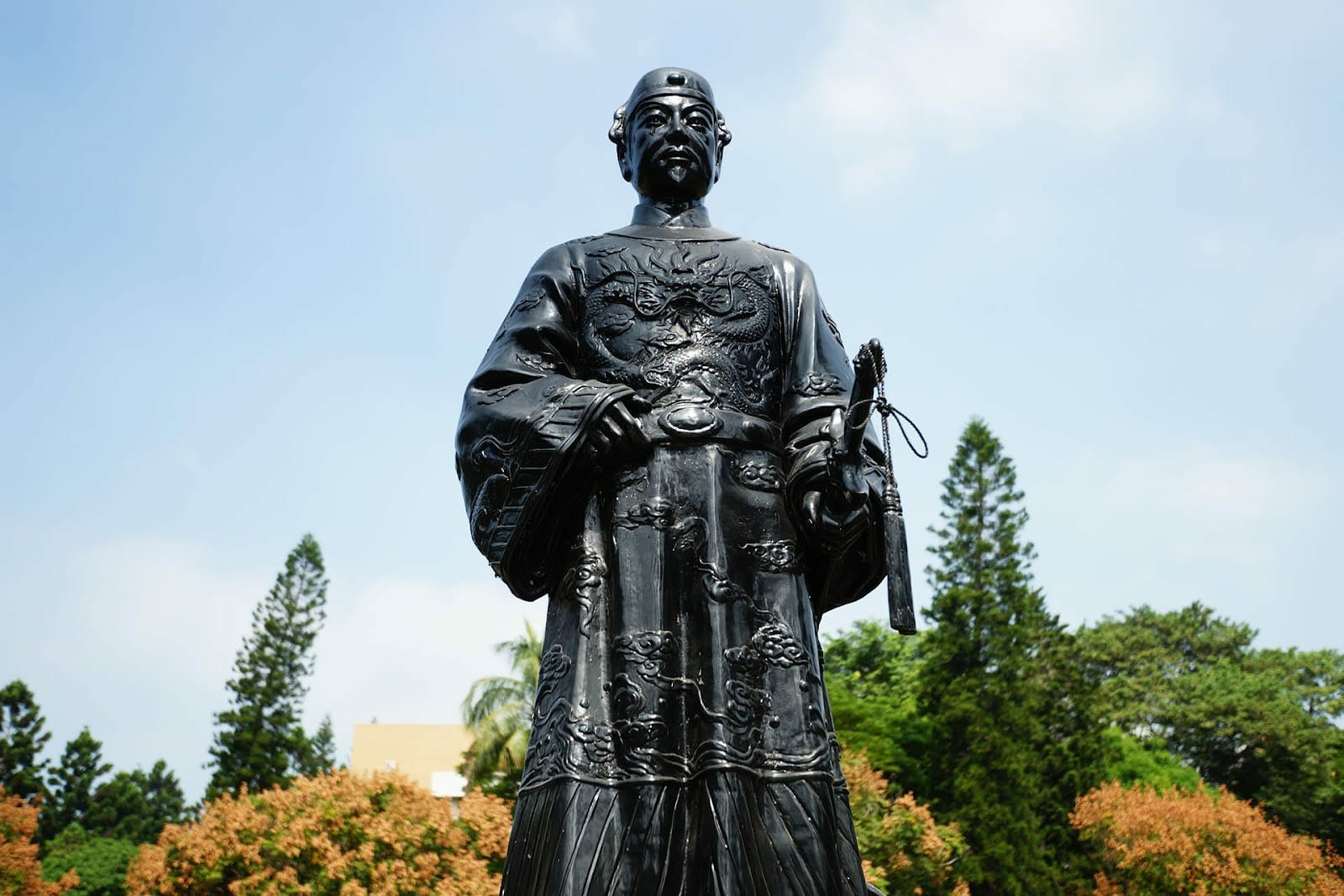
Featured Subscriber Comment:
“Journalism is important! No free society can exist without it! We should all defend it with the same intensity that we defend our political institutions...
Take a look in the mirror: how are you helping to keep your own freedom? What are you sacrificing? War correspondents like the Counteroffensive team are putting their very lives on the line in order to keep you informed. Will you sacrifice just a bit of your comfort for them?”
By Username JoeIKS
Almost 400 years ago, the first Chinese general landed in Taiwan.
His name was Cheng Cheng-Gong, although he was also known as Koxinga.
Armed with the most powerful naval fleet in South Asia — bequeathed to him by his father, a formidable pirate — he defeated the Dutch army that had ruled the land for 38 years.
Expelling the foreign power that had ruled over the island for decades, Koxinga was portrayed as the naval guardian of Taiwan and a national hero. In his honor, people built temples, named roads after him, and created an entire religion around his legacy.
Politics often revolves around our national myths, and contested history around the stories we tell ourselves. While Taiwanese people worship him as a defender of the island, the Chinese consider him key to the ‘recovery’ of Taiwan. In fact, the Chinese Communist Party (CCP) has even used Koxinga’s image as part of its propaganda to unify mainland China and Taiwan.
On the other hand, people of Taiwanese ancestry have been emphasizing Koxinga’s history of persecution of the original inhabitants of Taiwan, which has triggered an identity crisis of a new kind.
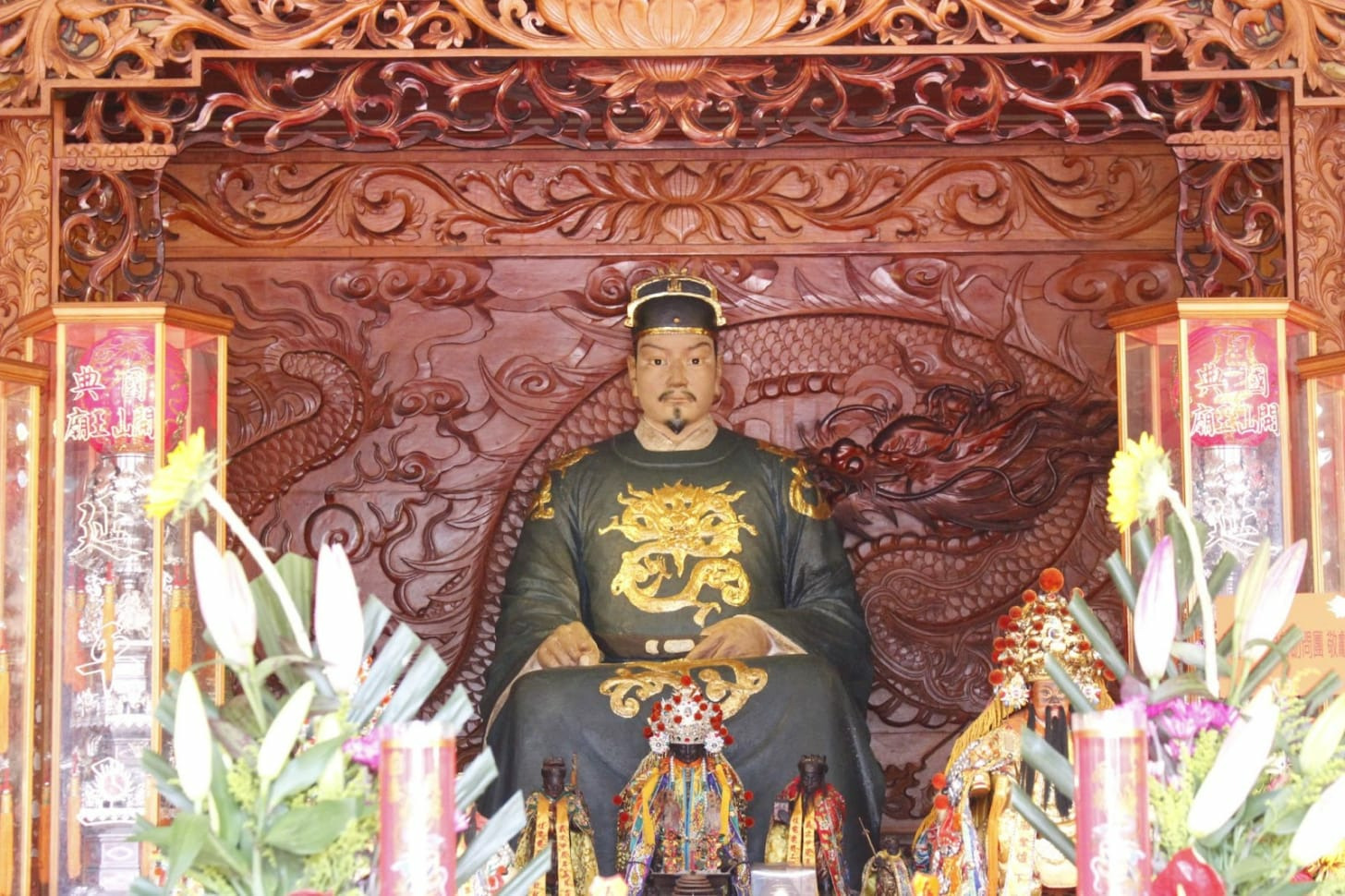
The Taiwanese have long claimed Koxinga to be ‘The Sage King Who Opened Up Taiwan’ because he was the first to introduce developments such as Chinese characters, law, and farming systems to the island.
But what the Taiwanese history education has neglected to list in their curriculum is that Koxinga’s troops uprooted Dutch and indigenous people alike as he swept across the island.
Indeed, the general removed one of the biggest Taiwanese indigenous empires in Central Taiwan and raided their lands.
Kaisanan Ahuan from the Taokas indigenous tribe, which inhabited the north-west and central-west parts of Taiwan, knows that the ’legend’ of Koxinga represents only one side of Taiwan's history.
“Why is the Koxinga I learned from school different from [the stories I hear from] my tribe?” Kaisanan asked. “His family killed my ancestors. Why didn’t school tell us about that?”
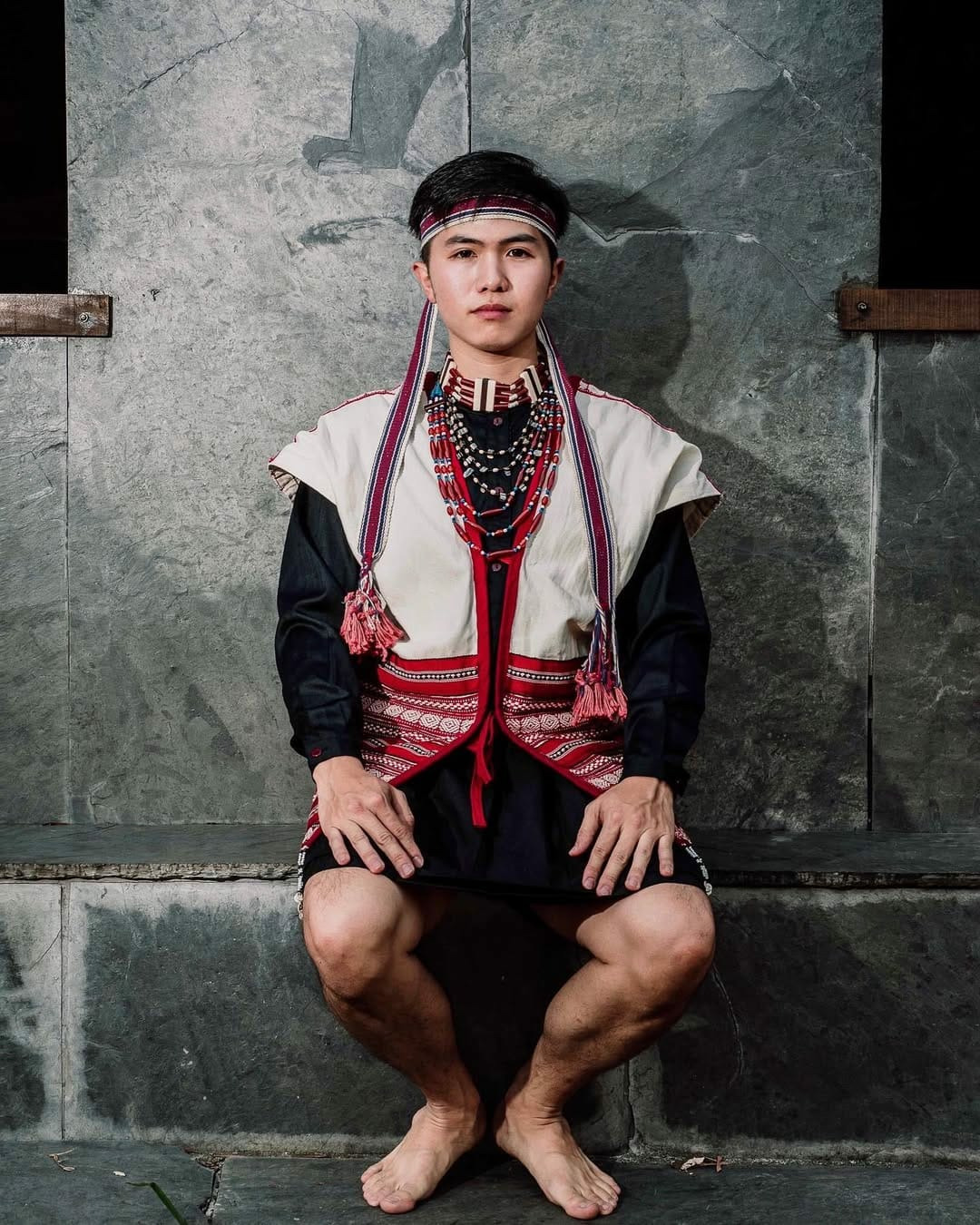
Kaisanan works on indigenous human rights issues and specifically advocates for Taiwan's plains indigenous peoples. Indigenous tribes have long lived in Taiwan as Western and Chinese powers repeatedly tried to colonize the island. Their livelihood depended on farming and hunting.
One of these tribal alliances was the Kingdom of Middag, which existed in the central-western plains of Taiwan in the 17th century. Even when the Dutch took control of part of Taiwan in 1624, before Koxinga arrived, the kingdom remained autonomous.
Yet, things took a turn when Koxinga seized the land. According to historical records, the Cheng family primarily cultivated undeveloped land. Koxinga was looking at land on the central-western plains of the island to grow more crops for his soldiers.
To gain access to these, Koxinga’s admiral Liu Guoxuan slaughtered the indigenous people in the kingdom and displaced others. The entire tribe was nearly wiped out.
One of the Taokas tribe moved to Puli, Nantou, where Kaisanan’s family has been located ever since Cheng’s invasion.
“Ironically, there is a town named after Koxinga near our tribe to honor him,” said Kaisanan, who sees Koxinga as no better than the Dutch. “It’s the name of the colonizer.”
Since the 17th century, Chinese immigrants have made Taiwan their home for different reasons. Many have ignored Koxinga’s past, favoring a sanitized version of history that sees him as a hero – and naming roads and schools after him as a result.
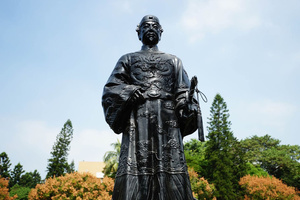
In addition, following a long-standing tradition of worshiping Chinese ancestors, they have elevated Koxinga to a quasi-religious level.
Chinese immigrants worldwide, including thousands in Taiwan, have worshiped him by building more than 50 temples all over the country. In fact, every year, the Taiwanese government hosts a ceremony to celebrate the anniversary of Koxinga’s arrival in Taiwan.
Koinga died in 1662, a year after conquering Taiwan. Although he spent only a year on the island, he was granted the title of national hero. This recognition is a manifestation of how Chinese culture has dominated Taiwan's history: after all, Koxinga fought for the Chinese, not for Taiwan.
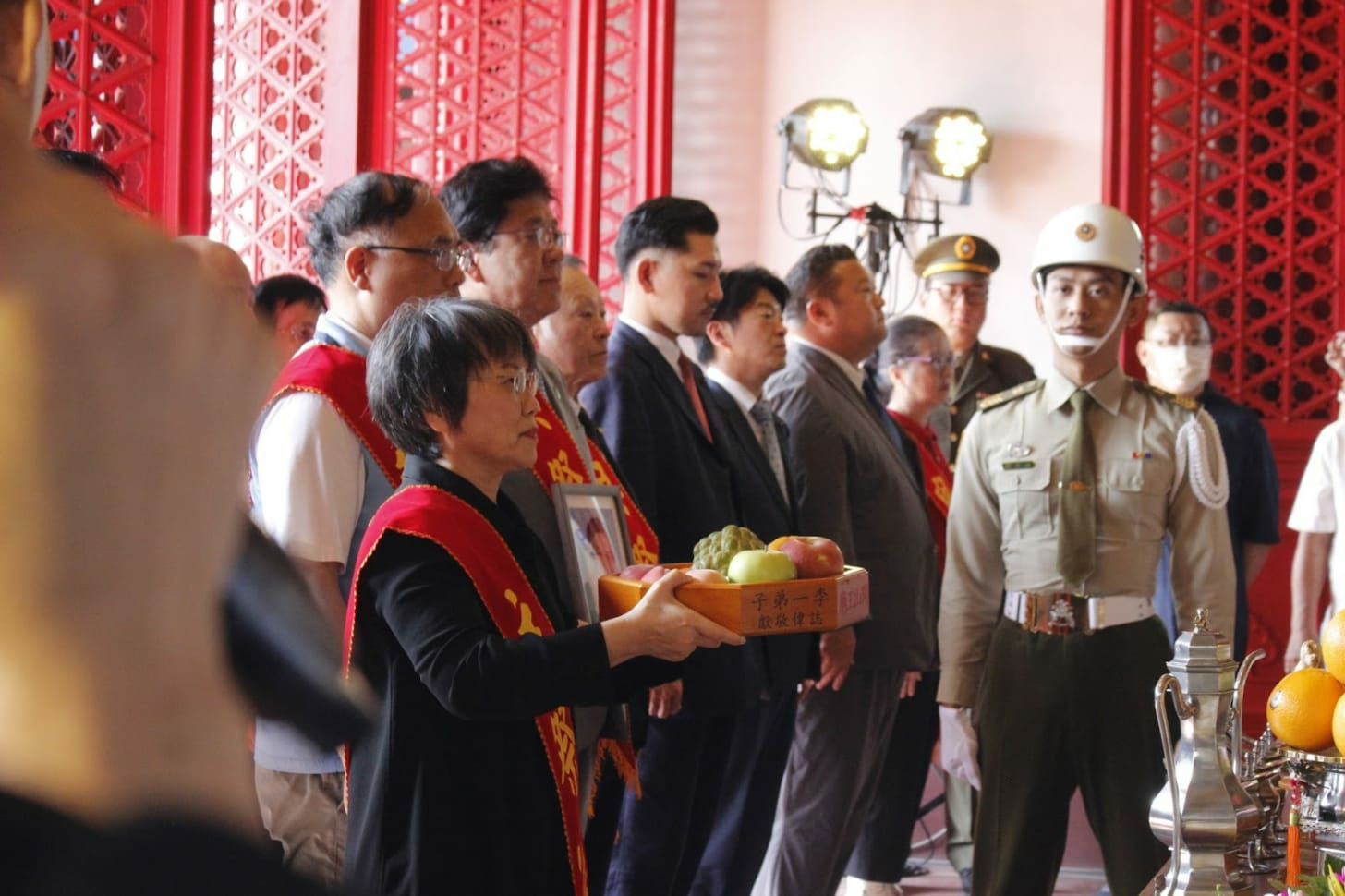
It feels like a big slap in the face to Kaisanan and the indigenous people of the island.
“This is encouraging the worship of authoritarianism,” said Kaisanan. “It shows that our perception of Taiwan's history is too narrow-minded, based on only Chinese thinking.”
Since Chinese leader Xi Jinping took office in 2012, he has been pushing for his “Chinese Dream,” using the “renaissance of Chinese nationalism” to unify Chinese immigrants spread worldwide, mostly targeting Taiwan, which is viewed as a separate island.
The Chinese government has used Taiwan’s hosting of Koxinga’s anniversary events to spread its unification rhetoric. Last August, the Chinese government-run media outlet, people.cn, controlled by the Communist Party, published an article titled: “The 362nd anniversary of Taiwan's recovery.”
The word ‘recovery’ suggested that Koxinga had brought Taiwan back to the Chinese orbit. But in fact, Koxinga used Taiwan as a counter base to fight back against the new Chinese emperor, whom he refused to swear his loyalty to.
The continued presentation of Koxinga as a national hero has been controversial for Taiwan’s ruling party, the Democratic Progressive Party, or DPP. It advocates for the notion that Taiwan has never been a part of China.
And even though Chinese immigrants are the majority in Taiwan, more than 77 percent don’t identify as Chinese – instead choosing other identification.
In 2017, the second year after the DPP regained power, the central government announced that it would stop hosting the ceremony celebrating Koxinga’s arrival. The decision drew numerous criticisms, including those from Chinese officials.
The Chinese Communist Party’s official mouthpiece, the People's Daily, accused the DPP of hindering history and demonizing Chinese ancestors.
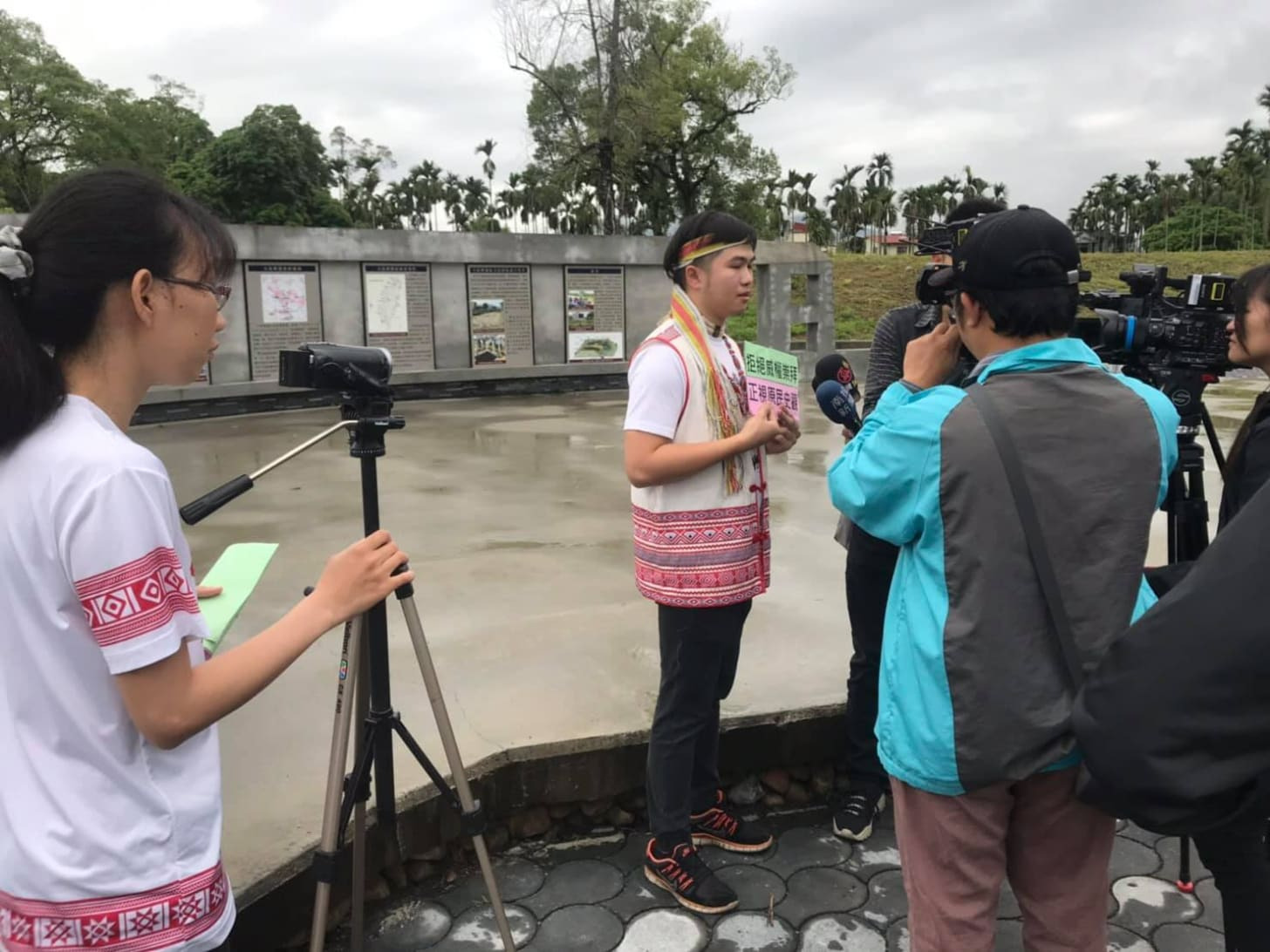
“It’s difficult to cut off the connection with China completely,” said Kaisanan, who believes that Taiwan needs to increase awareness of Koxinga’s hidden past.
Taiwan is now at a crossroads, a situation that often occurs in countries fighting for their independence. Having long been under Chinese influence, the island is now rethinking its heroes, its history, and its identity.
The future of nations depends on whose legacy they choose to honor.
Editor’s Note: Despite the ongoing coverage of the war in Ukraine, we do not forget about another struggle unfolding on the other side of the world — the fight of the Taiwanese people for their right to exist.
Authoritarian regimes constantly attempt to exploit historical narratives to lay claim to someone else's land. We’re pushing back.
Agree with us? Hit the tip jar or upgrade now to support our work.
NEWS OF THE DAY:
By: Yelyzaveta Kolos
Good morning to readers; Kyiv remains in Ukrainian hands.
MOLDOVA’S EU FUTURE FACES KREMLIN PRESSURE: Moldova will hold a referendum on October 20 to enshrine its EU membership attempt into the constitution, a move championed by President Maia Sandu, Bloomberg reports. The vote comes amid heavy Russian interference, including propaganda campaigns, funding of protests, and disinformation aimed at derailing the country’s westward course.
Moldova’s European integration strengthens a buffer against Russian influence in the region, reduces Moscow’s leverage through Transnistria, a pro-Russian breakaway region in eastern Moldova, and helps secure Ukraine’s western flank in the broader struggle against Kremlin aggression.
MACRON: RUSSIA’S DRONE ATTACKS ON NATO WERE NO MISTAKE: French President Emmanuel Macron said Russia’s recent drone incursions into NATO airspace were deliberate, not accidental, and called for new sanctions to pressure Moscow, Kyiv Post reports. He stressed that Europe has largely reduced its reliance on Russian energy and must now act collectively to defend itself.
Macron’s push for stronger European action reinforces NATO’s deterrence against Russia and its support to Ukraine by signaling that European leaders are willing to pressure Moscow, limit its resources, and stand firm against further aggression.
RUSSIA’S HIDDEN TANKERS KEEP OIL FLOWING DESPITE SANCTIONS: Russia has built up a “shadow fleet” of almost 1,000 old oil tankers, The New York Times reports. These ships now make up about 17% of the world’s tankers and are used to secretly deliver oil to countries like India and China, often under fake flags and with little or no insurance.
This fleet was built to keep Russian oil moving despite sanctions, and how big the fleet is, how it operates, and the risks it brings are now key to enforcing sanctions and keeping global oil shipping stable.
DOG OF PEACE:
While Elaine was researching Taiwanese folk religions, she passed by the Taipei Xia Hai City God Temple and found a little puppy waiting outside. According to neighbors, he lives around the temple.
Stay safe out there.
Best,
Elaine

